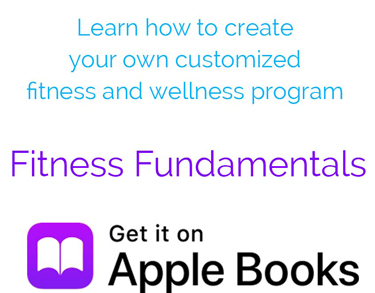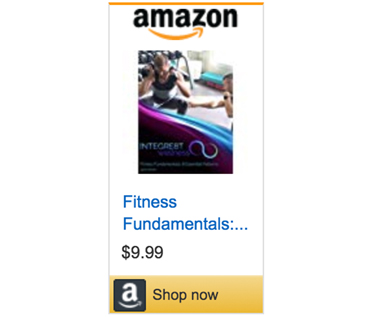The 8 Patterns of Fitness
In this series, I’m going to share some thoughts about the eight patterns of Integre8t Fitness. With these fundamentals in place, you can expect to see enhanced results from your mobile personal training plan. These concepts apply to all fitness and wellness programs. They are the patterns of your lifestyle. Within eight weeks, you can begin to make infinite progress.
#8Patterns1Lifestyle
#8WeeksInfiniteProgress
The first, and therefore most essential pattern, is breath. You can survive weeks without food and days without water, but only minutes, or even seconds, without air. Most people generally take breathing for granted. But in those times when you are congested, sick or in someway obstructed, it certainly comes front and center. Rather than pay attention to your breath only when it’s short, learn to become aware of it as a tool. You can use it mindfully to improve your wellness at every level.
Your furnace
Oxygen is essential for your body’s process of accessing and using energy. All cells in your body are like tiny furnaces, and you can ignite them to burn even more calories as you exercise. It makes perfect sense: Think about how a bellows makes a fire burn hotter. What happens if oxygen escaping a tank comes into contact with a spark? At the cellular level, something rather similar is happening.
With your cells’ nuclei are mitochondria — the bodies that use energy. By breathing purposefully, you allow more energy to be used (resulting in your body temperature going up — you are a flame enveloped in flesh!) and more waste products to be removed. But what is purposeful breathing?
Intentional breath
Inhaling through your nose with an open throat while consciously pulling with strength from your diaphragm will create a sound like a wind tunnel in your head. This isn’t a hard, extended sniff that whistles in your nostril, but rather a deeper more powerful internal suction. You will find that breathing from your belly, rather than your chest will allow you to take powerful inhalation — it can often stimulate yawning or light headedness while you first get accustomed to it.
The opposite is to exhale through your mouth, again exerting slowly from your belly. The back of your throat will be relaxed and open, and a sound similar to a very slow motion cough will come out. In fact, that is a good way to figure out how to engage in exhaling — cough. Test this out. When you cough, you reflexively bare down within your core. This powerful, stabilizing force is the place from which you should breathe. Rather than your chest expanding and contracting, drop down and let your belly inflate and deflate like a balloon. This is how babies breathe. Watch one while s/he is sleeping.
Application
Why is this helpful? For one, it helps to energize and cleanse the body. Secondly, it hones focus. Whether for meditation, exercise, mitigating stress or centering your thoughts or emotions, purposeful breathing improves the quality of whatever you are doing. Be particularly mindful of how breath can help when you are working out.
For conditioning, use the tempo of your breath to establish movement rhythm. Swimming, walking, jogging, biking and other forms of aerobic exercise (by definition) require lots of oxygen. Finding a breathing pattern will help you get through the workout and will magnify your results. To accurately, safely, and effectively do conditioning, consider using a heart rate monitor to reach target zones.
For strength, the rule of thumb is to inhale before you begin a repetition and to then exhale a moment after you begin the exertion. Let’s return to the image of fire. When you’re doing pushups, chest presses, squats and other exercises that require you to work upward away from gravity, imagine that you are a rocket ship. To take off, they blast fire down toward the ground, pushing the rocket up into the air. Use your breath in a similar manner. Exhale to move upward away from the ground. I just realized it’s a rather funny image, if you think about that while doing squats.
4 Sessions per Month
Save $100- Free Evaluation
- $100 per session
- 1 session/week
8 Sessions per Month
Save $140- Free Evaluation
- $95 per session
- 2 sessions/week
12 Sessions per Month
Save $220- Free Evaluation
- $90 per session
- 3 sessions/week
Recent Updates

Glycemic Index vs Glycemic Load
This score indicates how damaging a food will be to your blood sugar levels. Foods that score 0-55 are rated low impact (and thus presumed to be better for diabetics and those looking to maintain healthy weight and/or body fat ratios), but this is not the whole picture.

Caffeine: 14 better options to ease SAD
Nearly a year ago to the dot, I wrote an article about Seasonal Affective Disorder (SAD), but there I focused on the importance of getting access to a full range spectrum of light. Here I’d like to focus on caffeine and sleep’s effect on SAD. I’ll also offer suggestions for what to do to help you feel better on the dark days.

Avoid fish oil supplements
I don’t generally promote supplements. Most of them play to specific, isolated points of medical research to serve as a magic pill. One remarkable example of this is fish oil.



